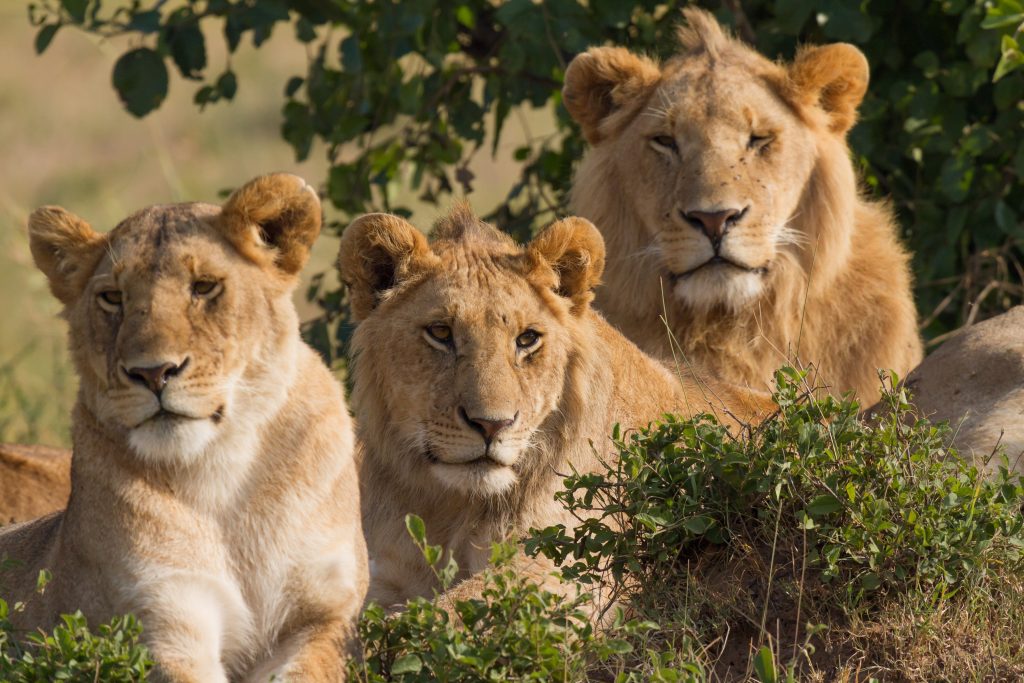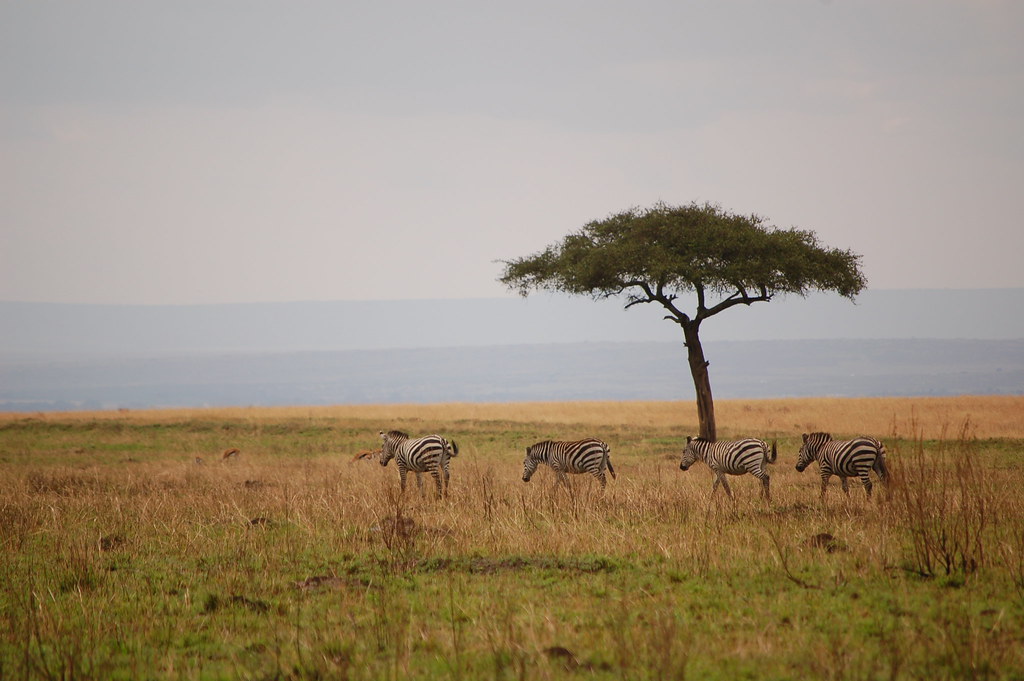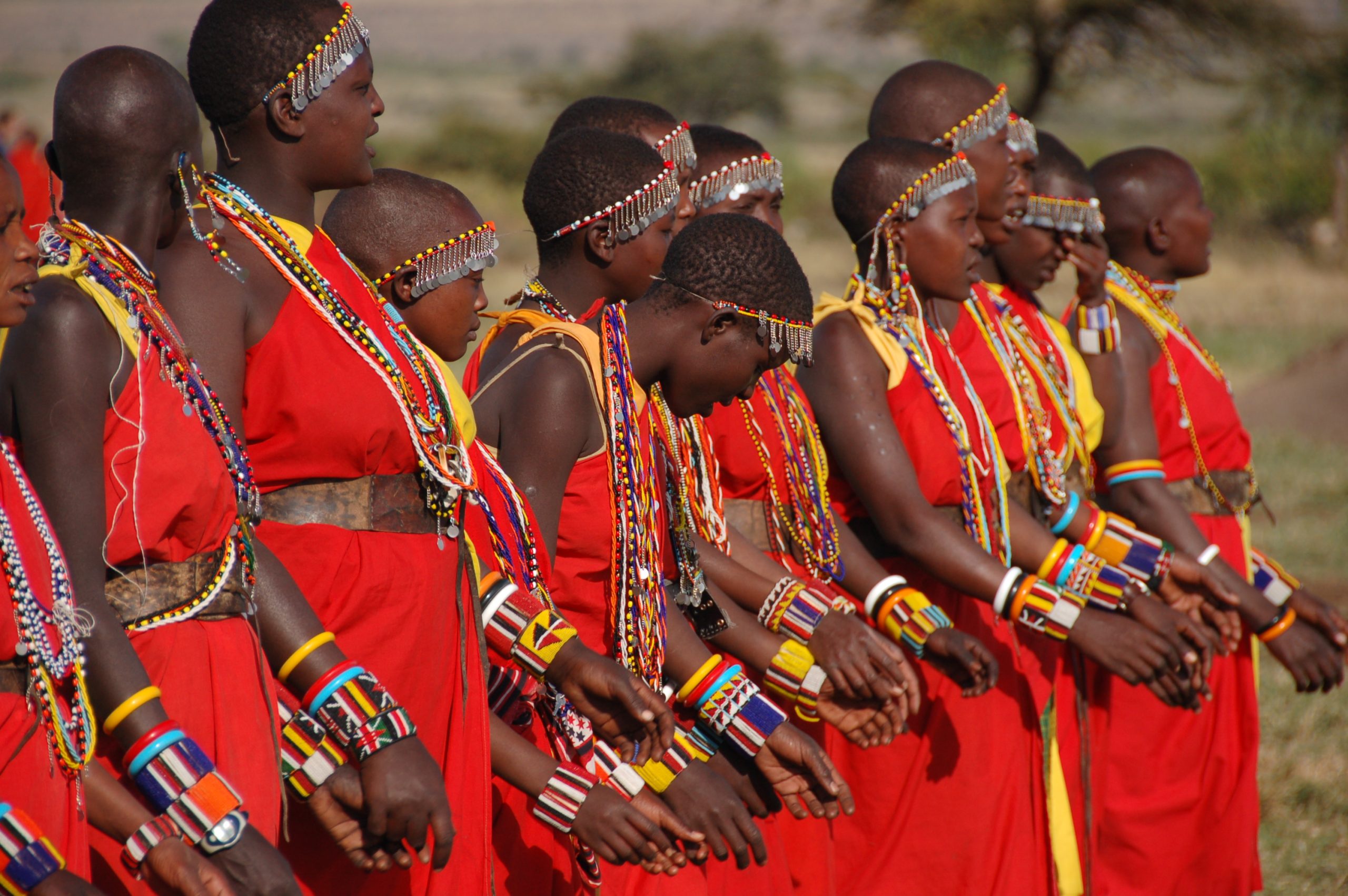A Symphony of Wildlife and Culture
The Maasai Mara National Reserve, a sprawling expanse of savanna, acacia woodlands, and rolling hills, stands as an iconic emblem of Kenya’s unparalleled wildlife. Shared with Tanzania’s Serengeti National Park, this ecosystem forms a vast, interconnected wilderness teeming with life. It’s a place where the raw beauty of nature and the enduring spirit of the Maasai people converge in a harmonious tapestry.


The Great Migration: Nature’s Epic Spectacle
Undoubtedly, the Maasai Mara’s claim to fame lies in its annual Great Migration. This awe-inspiring phenomenon, where millions of wildebeest and zebras embark on a perilous journey in search of greener pastures, is a spectacle of nature unlike any other.
- The Journey: The migration is a cyclical event, influenced by the rainfall patterns. The herds start their journey in the Serengeti, crossing the Mara River into the Maasai Mara in search of fresh grazing lands. As the dry season progresses, they move back to the Serengeti, creating a continuous cycle of movement.
- River Crossings: The Mara River crossings are the most dramatic moments of the migration. Predators, primarily crocodiles and lions, lie in wait for the vulnerable animals, making for heart-pounding encounters.
- Best Time to Witness: The peak migration season is typically between July and October, when the herds are at their most concentrated. However, the migration is a dynamic event, and the exact timing can vary from year to year.

Beyond the Migration: A Wildlife Haven
While the Great Migration is the crown jewel of the Maasai Mara, the reserve offers an abundance of wildlife year-round.
- Big Five Encounters: The Maasai Mara is renowned for its Big Five game viewing: lions, leopards, elephants, rhinoceroses, and buffalo. Visitors have excellent chances of spotting these iconic animals in their natural habitat.
- Predators and Prey: Beyond the Big Five, the reserve teems with a diverse array of predators, including cheetahs, hyenas, and jackals. Their interactions with prey species like gazelles, impalas, and zebras create a complex and fascinating ecosystem.
- Birdlife: Birdwatchers will be delighted by the rich avian diversity of the Maasai Mara. From colorful bee-eaters to soaring eagles, the reserve offers ample opportunities for birdwatching enthusiasts.
Immersed in Maasai Culture
The Maasai people, renowned for their distinctive red clothing and warrior spirit, have coexisted with the wildlife for centuries. Visitors to the Maasai Mara have the unique opportunity to experience their culture firsthand.
- Cultural Visits: Many tour operators offer visits to Maasai villages, where visitors can learn about their traditions, customs, and way of life.
- Community-Based Tourism: Supporting community-based tourism initiatives helps to empower the Maasai people and contribute to the conservation of their land.

Planning Your Maasai Mara Safari
To make the most of your Maasai Mara adventure, careful planning is essential.
- Best Time to Visit: While the peak season (July to October) offers the best chances of witnessing the Great Migration, the shoulder seasons (March to June and November to December) provide a more peaceful experience with lower prices.
- Accommodation: The Maasai Mara offers a wide range of accommodation options, from luxury lodges to tented camps and campsites.
- Activities: In addition to game drives, consider hot air balloon safaris for a unique perspective of the landscape.
- Conservation: Support responsible tourism practices by choosing operators committed to wildlife conservation and community development.
The Maasai Mara is a place where the magic of the African wilderness unfolds before your eyes. It’s a destination that leaves an indelible mark on the soul and inspires a deep appreciation for the natural world.





